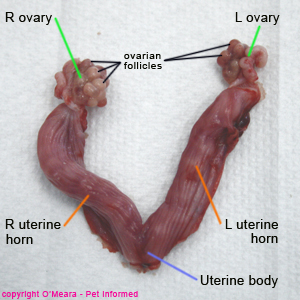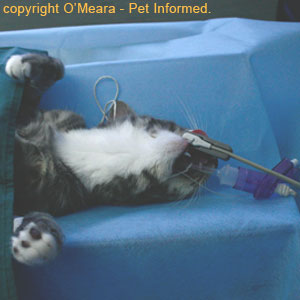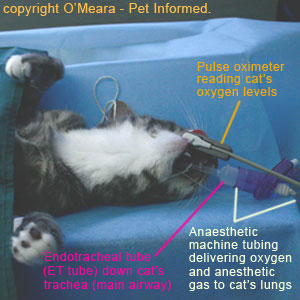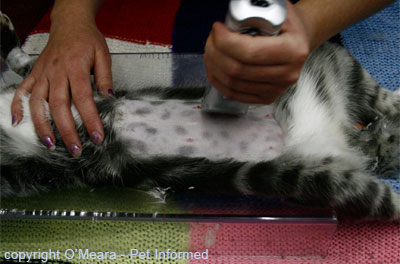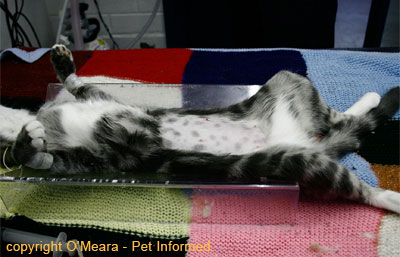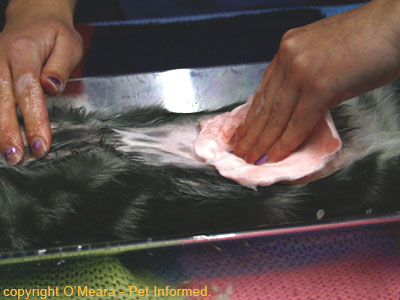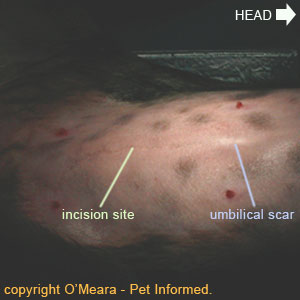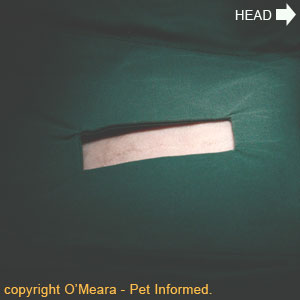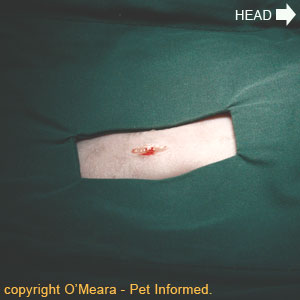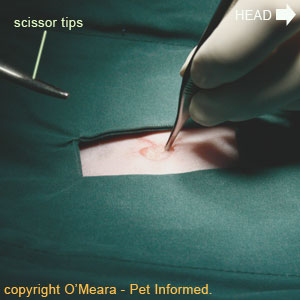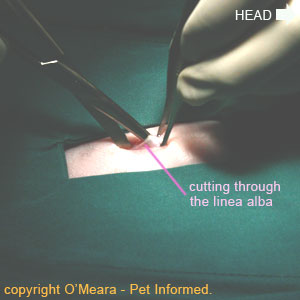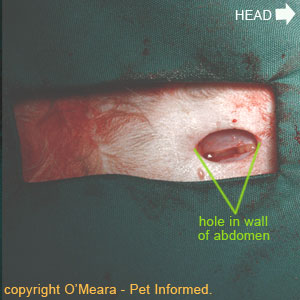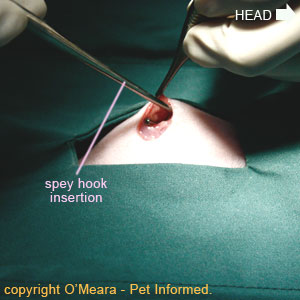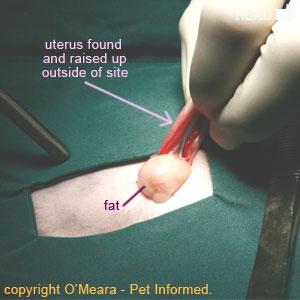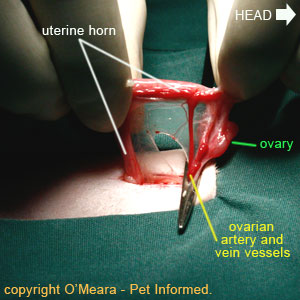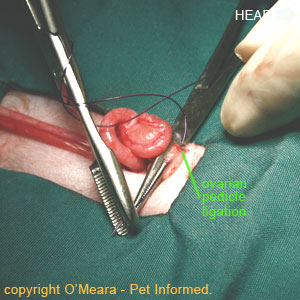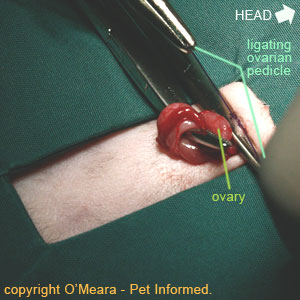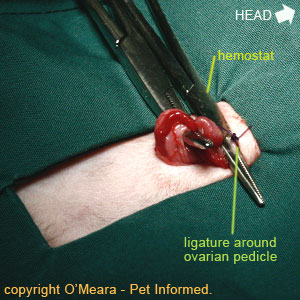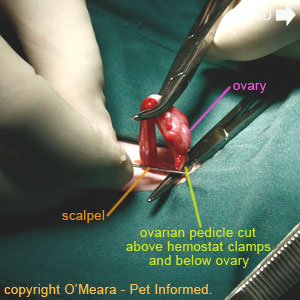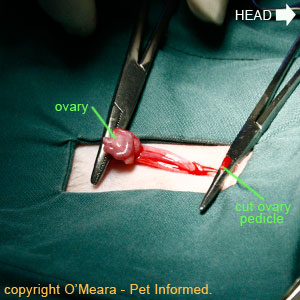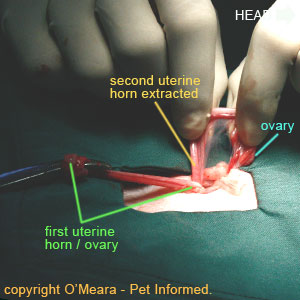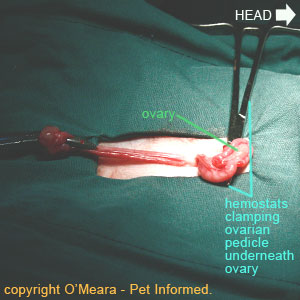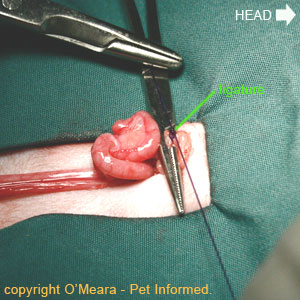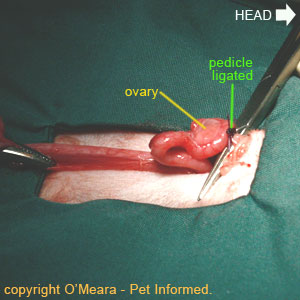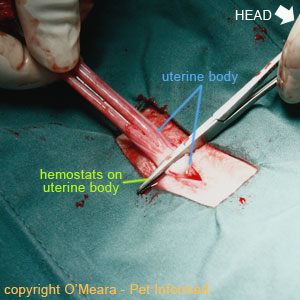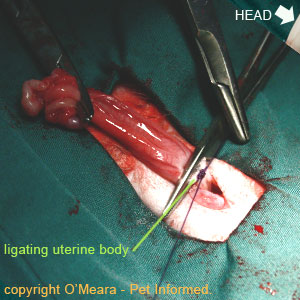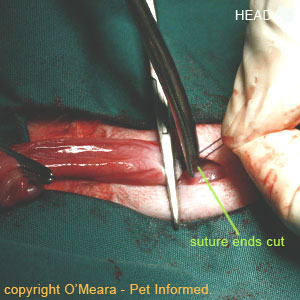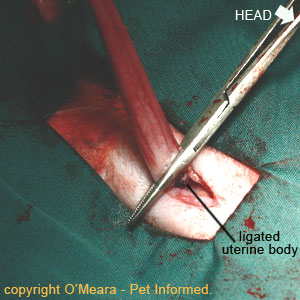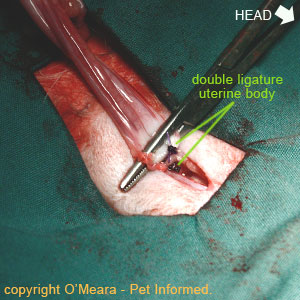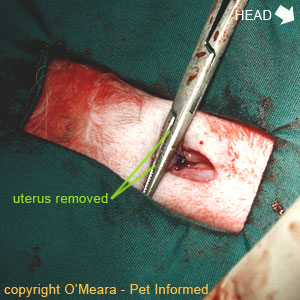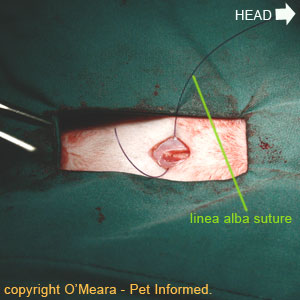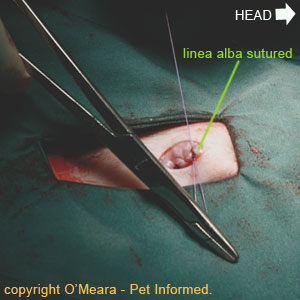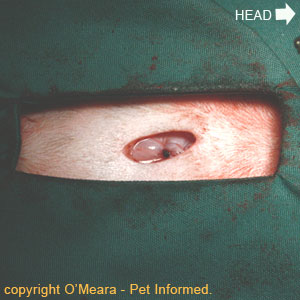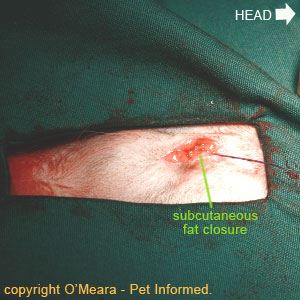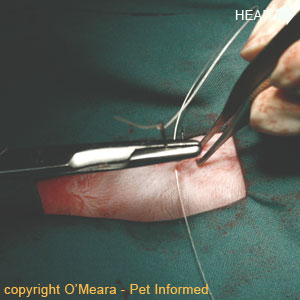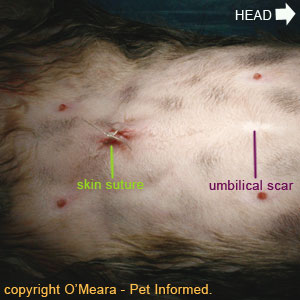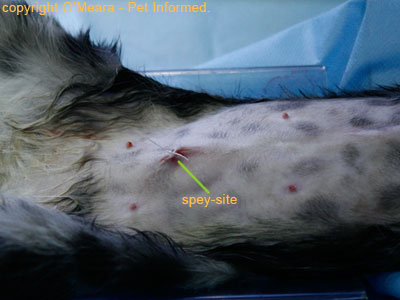A brief conversation with 2 of my classmates
Teng: Rabbit itu kena bacterial infections (That rabbit is having bacterial infections)
Me: Apa bacterial infections? (What bacterial infections?)
Luqman: Arnab tu kepala pusing kebawah sebab penyakit bakteria (That rabbit has twisted neck due to bacterial infections)
Me: Torticollis?
Luqman: Hah! thats it.
**********************************************
Torticollis (head tilt) in rabbit
Torticollis, or wryneck, is a stiff neck associated with muscle spasm, classically causing lateral flexion contracture of the cervical spine musculature (a condition in which the head is tilted to one side). The muscles affected are principally those supplied by the spinal accessory nerve. Generally it can affect rabbits, guinea pigs, and other rodents species as well.
Possible causes of torticollis
- Middle/inner ear infection (otitis media /interna)
- Stroke (cerebrovascular accidents)
- Trauma
- Cancer (neoplasia)
- Cervical muscle contraction
- Encephalitozoonosis
- Cerebral larva migrans
- Intoxication
Lets go detail of the causes
1. Middle/inner ear infection
An inner ear infection may have started with an outer ear infection, which remained unnoticed and untreated and gradually worked its way into the inner ear, or with a middle ear infection, which resulted from an upper respiratory infection.
Or it may have arisen from bacteria in the nasal cavity or bloodstream. A radiograph of the head may help determine if the middle ears are affected. Some of the bacteria which have been cultured from ear infections are Staphylococcus sp, Pseudomonas aeruginosa, Pasteurella multocida, Bordetella bronchiseptica, Proteus mirabilis, Streptoccus epidermidis, Bacteroides spp. and Escherichia coli.
Bacterial infections that occur secondary to ear mite infestations can sometimes track deep into the rabbit's ear canal, resulting in a nasty bacterial ear canal infection termedotitis externa. Provided that these bacterial organisms remain located only in the outerear canal of the rabbit (i.e. the external ear canal situated on the outermost aspect of the rabbit's ear drum), systemic antibiotics and topical antibiotic ear medications (in addition to the mite killing treatments) will often be enough to resolve the problem.
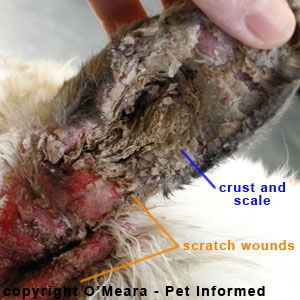
Mite infection with secondary bacterial infections
Occasionally, however, bacterial organisms will manage to eat their way through the ear drum of ear mite infested rabbits, resulting in a nasty bacterial infection of the middle and inner sanctums of the rabbit's ear (termed the middle ear and inner ear, respectively). These middle-ear and inner-ear bacterial infections (termed, respectively, otitis mediaand otitis interna) are not only very difficult to treat and control but they can result in some serious complications of their own.
Damage to the middle and/or inner ear mechanisms can result in deafness of the ear. Damage to the inner ear mechanisms, in particular the vestibular apparatus of the inner ear (a series of specialized fluid canals located deep within the inner ear, which are responsible for normal balance), can result in the rabbit showing severe signs of incoordination and neurological dysfunction. The rabbit will appear off-balance, falling frequently, often with its head twisted around Bacterial infections that occur secondary to ear mite infestations can sometimes track deep into the rabbit's ear canal, resulting in a nasty bacterial ear canal infection termedotitis externa. Provided that these bacterial organisms remain located only in the outerear canal of the rabbit
2. Stroke
Stroke is usually suspected on the basis of physical signs. Imaging to diagnose this problem is available to humans but difficult to arrange for companion rabbits. As in humans, acerbrovascular accident can kill, but if it does not, then the rabbit may initially be left with one side of his face, and perhaps one entire side of his body affected. One side of his face will droop, he may drool, and one eye may not function properly. He may not move normally or may move in circles. Function usually will slowly return over a period of months.
3. Trauma
A blow to the face, neck or head can result in an injury to the brain which can cause the rabbit to have a head tilt. Trauma even could result from a panic reaction. Depending upon the severity of the trauma, an anti-inflammatory might be helpful to speed recovery.
4. Cancer
Tumors occurring in the brain, neck or ear could produce a symptom of head tilt.
5. Cervical muscle contraction
A "muscle spasm" could cause a temporary head tilt. This situation will resolve itself once the muscle is relaxed.
6. Encephalitozoonosis
Encephalitozoon cuniculi, a protozoan parasite, can cause brain disease (meningooencephalitis and microscopic cysts), and can result in paralysis anywhere in the body, since every part of the body is controlled by a specific part of the brain.
Frequently there are signs preceding a head tilt caused by E.cuniculi such as tripping, dragging of feet, tipping over. These symptoms may have appeared and then vanished weeks or months prior to the head tilt. A blood test for antibodies to E. cuniculi can tell whether your rabbit has been exposed.
E. Canuliculi
7. Cerebral larva migrans
Baylisascaris spp are round worms which live in the intestine of raccoons and skunks. A rabbit may acquire eggs from these works by eating grasses, food, or bedding contaminated by feces. Larvae hatch from the eggs and migrate into the brain, where they live and grow and destroy brain tissue. There is no known cure for this invasion. Ivermectin probably does not penetrate the brain in sufficient quantities to kill the larvae, although it may kill them before they reach the brain.
Worms of Baylisascaris ssp
8. Intoxification
This could be caused by ingestion of lead, found in paints or imported pottery, or ingestion of a toxic plant such as the woolly pod milkweed.
Treatment of torticollis
1. Inner ear infection
- Bacillin, a safe rabbit combination of injectable Penicillin G-Procaine and bentazine
- If the antibiotic doesn't work out, try to give mecline to control dizziness
- Ivermectin to control mites
- Supportive therapy
2. Enchephalitozoon caniculi
- Bendazole drugs (albendazole, oxibendazole, fenbendazole)
3. Baylisascaris procyoni
- Ivermectin to kill its larva
4. Trauma
- Antibiotic bacillin
Sources: Wikipedia.org; Torticollis, Rabbits ear mite www.pet-informed-veterinary-online, Head tilt, causes and treatment,;House rabbit society, Treating head tilt;Dana M.Krempels




















